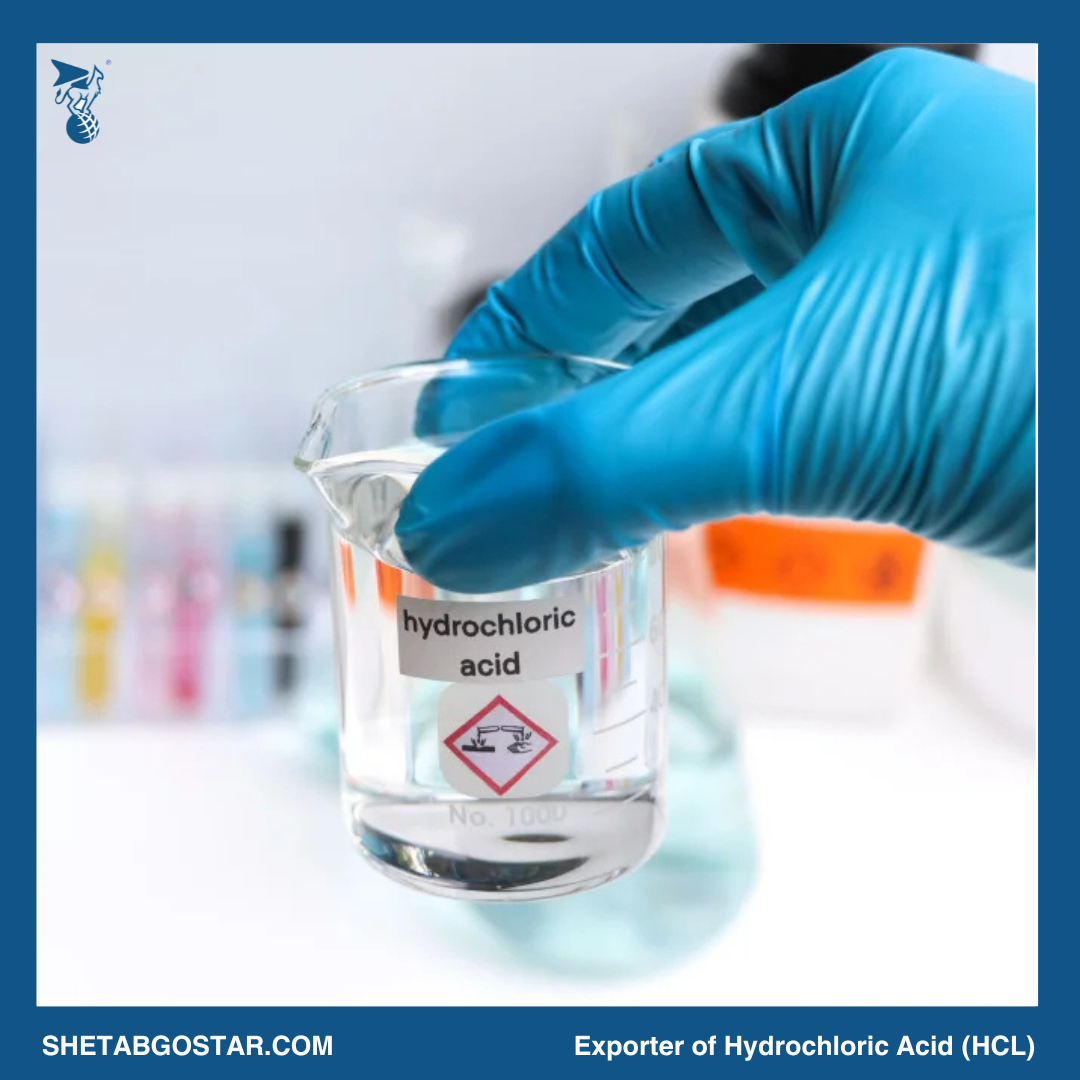Description
Hydrochloric acid (HCl) is a colorless, highly corrosive liquid with a pungent odor, characterized by its strong acidity with a pH around 0. It is produced through the dissolution of hydrogen chloride gas in water, creating a highly reactive and acidic solution.
Chemical Properties
Hydrochloric acid’s strong acidity and corrosive nature are due to its high concentration of hydrogen chloride. The primary manufacturing method involves dissolving hydrogen chloride gas in water. This process ensures the production of hydrochloric acid suitable for various industrial applications.
Biological Significance
In the human body, hydrochloric acid functions as gastric acid, essential for food digestion, nutrient absorption, and maintaining stomach acidity.
Key Information
- Formula: HCl
- CAS Number: 7647-01-0





